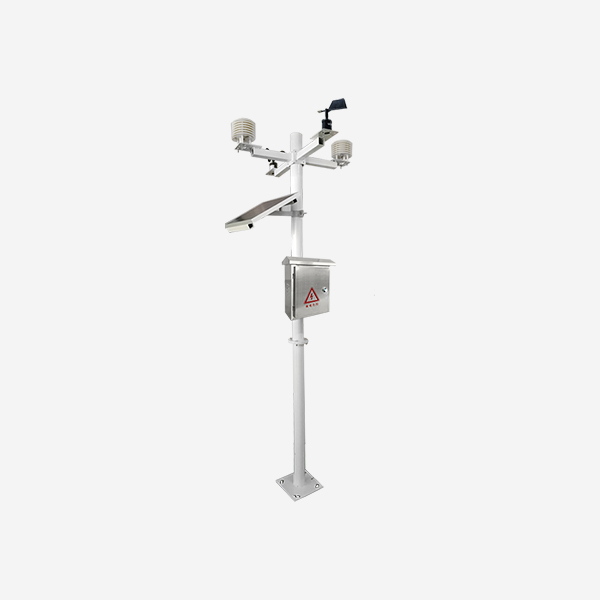Understanding Weather Monitoring Systems

Weather monitoring systems encompass a range of instruments and technologies that collect and analyze meteorological data. These systems consist of various components, including weather stations, satellites, radars, buoys, and ground-based sensors. They measure parameters such as temperature, humidity, wind speed, atmospheric pressure, precipitation, and solar radiation, providing a comprehensive understanding of the current and evolving weather conditions.
Components of Weather Monitoring Systems
2.1. Weather Stations: Weather stations are ground-based installations equipped with instruments to measure temperature, humidity, wind speed and direction, atmospheric pressure, and precipitation. They are often located in both urban and remote areas to gather localized data.
2.2. Satellites: Weather satellites orbiting the Earth provide a global perspective on weather patterns. They capture images, measure temperature profiles, and collect data on cloud cover, rainfall, and other atmospheric parameters. These satellites play a crucial role in forecasting and monitoring large-scale weather systems.

2.3. Radars: Weather radars use radio waves to detect the location, intensity, and movement of precipitation, such as rain, snow, or hail. They provide important information on storm characteristics, helping predict severe weather events and issuing timely warnings.
2.4. Buoys: Ocean buoys equipped with sensors monitor marine weather conditions, including sea surface temperature, wave height, currents, and salinity. This data aids in understanding oceanic weather patterns, coastal erosion, and climate fluctuations.
2.5. Ground-based Sensors: Ground-based sensors measure various atmospheric parameters, such as air quality, solar radiation, soil moisture, and atmospheric composition. These sensors provide valuable insights into environmental conditions and their impact on weather patterns.
Applications of Weather Monitoring Systems
3.1. Weather Forecasting: Weather monitoring systems contribute to accurate and timely weather forecasting. By continuously collecting data from multiple sources, meteorologists can analyze and model weather patterns, providing forecasts that aid in planning outdoor activities, aviation, agriculture, and disaster preparedness.
3.2. Climate Research: Weather monitoring systems play a key role in long-term climate research. They provide data for analyzing climate trends, understanding climate anomalies, and studying the effects of climate change on various ecosystems.
3.3. Aviation Safety: Weather monitoring systems provide crucial information for aviation safety. Real-time weather updates, including wind shear, turbulence, and visibility, help pilots and air traffic controllers make informed decisions to ensure aircraft safety.
3.4. Renewable Energy: Weather monitoring systems aid in optimizing the generation of renewable energy by providing data on solar radiation, wind patterns, and other meteorological factors. This data is essential for site planning, energy production optimization, and grid stability.
Insights from Weather Monitoring Systems
4.1. Severe Weather Events: By monitoring weather patterns, these systems contribute to the early detection and prediction of severe weather events, including hurricanes, storms, and heatwaves. This allows authorities to issue timely warnings, potentially saving lives and mitigating damage.

4.2. Climate Change Analysis: Long-term data collected by weather monitoring systems helps scientists analyze climate change trends. It provides insights into rising temperatures, shifting precipitation patterns, sea-level rise, and other indicators of climate change impacts.
4.3. Urban and Regional Planning: Weather monitoring systems aid in urban and regional planning by providing data on microclimates, temperature variations, and pollution levels. This information helps develop sustainable and climate-resilient cities.
4.4. Environmental Monitoring: Weather monitoring systems contribute to environmental monitoring by collecting data on air quality, pollutant levels, and atmospheric composition. This information assists in assessing environmental impacts and implementing pollution control measures.
Conclusion:
Weather monitoring systems are crucial tools for understanding and predicting weather conditions. By harnessing a range of instruments and technologies, these systems enable accurate weather forecasting, climate research, and informed decision-making across various sectors. The insights gained from weather monitoring systems are valuable for planning and preparedness, aviation safety, renewable energy optimization, and climate change analysis. As technology continues to advance, these systems will play an increasingly important role in our understanding of weather patterns and climate dynamics, ultimately helping us adapt to a changing world.